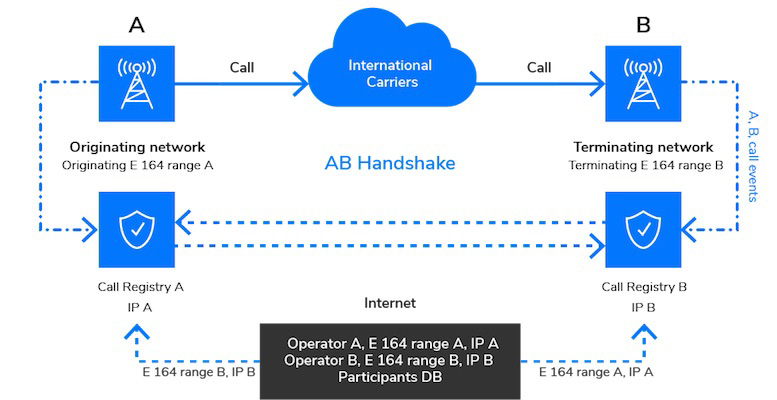(Sponsored Feature) There’s nothing more annoying and disruptive than a robocall, and no matter what anti-spam solution you use, some robocalls always seem to get through.
In fact, unwanted voice traffic is the FCC’s top consumer complaint in the United States.
But the fight against robocalls recently hit a new milestone—June 30th was the deadline for U.S. operators to implement STIR/SHAKEN or an alternative robocall mitigation program.
Most of the operators who have completed the implementation, however, are now facing a number of questions with no evident answers:
- Which calls should be blocked and which shouldn’t?
- Who will be responsible for the formulation of the blocking policy? Will it be the regulator?
- Is there a way to perform the blocking automatically?
Telecom companies are struggling to identify all robocalls without mistaking them for legitimate ones.
Why Can’t We Just Block All Robocalls Once and For All?
If we block legitimate calls, this leads to revenue decline and negative customer experience as subscribers miss important calls.
However, if the blocking policy is too soft, robocalls pass through, leading to negative customer experience, participation in traceback activities and potential fines from the FCC.
In fact, the FCC suggests supplementing the STIR/SHAKEN protocol with additional tools.
AB Handshake Has a Solution
Florida-based company, AB Handshake, offers an innovative alternative.
Unlike STIR/SHAKEN, AB Handshake was designed to provide a comprehensive solution to the robocall nuisance using global call validation.
Rather than each company pouring resources into fraud protection systems via sampling, patterns, or statistics, AB Handshake has built a community of businesses that work together, using a common ‘handshake’ to validate calls from both ends.
The solution is integrated into a company’s network using the default functionality of the existing equipment — no special hardware or infrastructure is needed.
How it works:
- When a call is placed, the originating operator sends a verification request to the terminating operator.
- If it’s a robocall, when the terminating operator reaches out to the owner of the fraudulent range, they don’t receive verification.
- The call is then automatically identified as fraudulent and blocked before it can harass customers or rack up costs to telecom companies.

AB Handshake can block all types of fraud by identifying any manipulations to the call parameters in real time.
Any manipulation is an indicator of fraud, serving as foolproof logic for an automatic blocking mechanism:
- The solution provides value for both the originating and terminating service providers, as calls can be blocked by either side.
- It is more secure than the alternatives, as the transit carriers don’t participate in the validation process.
AB Handshake is now actively onboarding service providers worldwide with live traffic to any country in the world. The traffic can be used as a natural 24/7 test probe to detect inbound fraud, providing the ultimate protection against the robocall nuisance.
Learn more at www.abhandshake.com.






